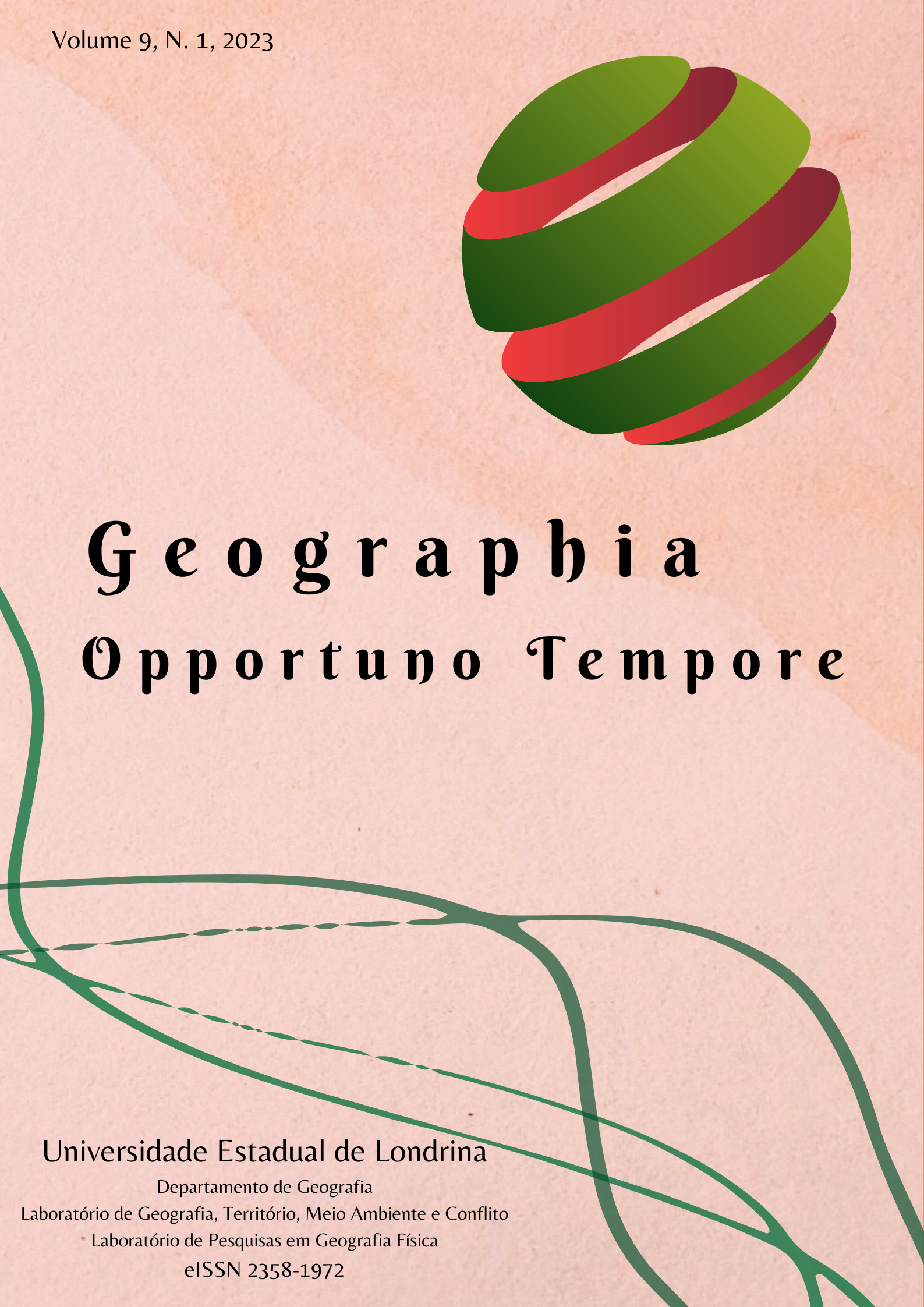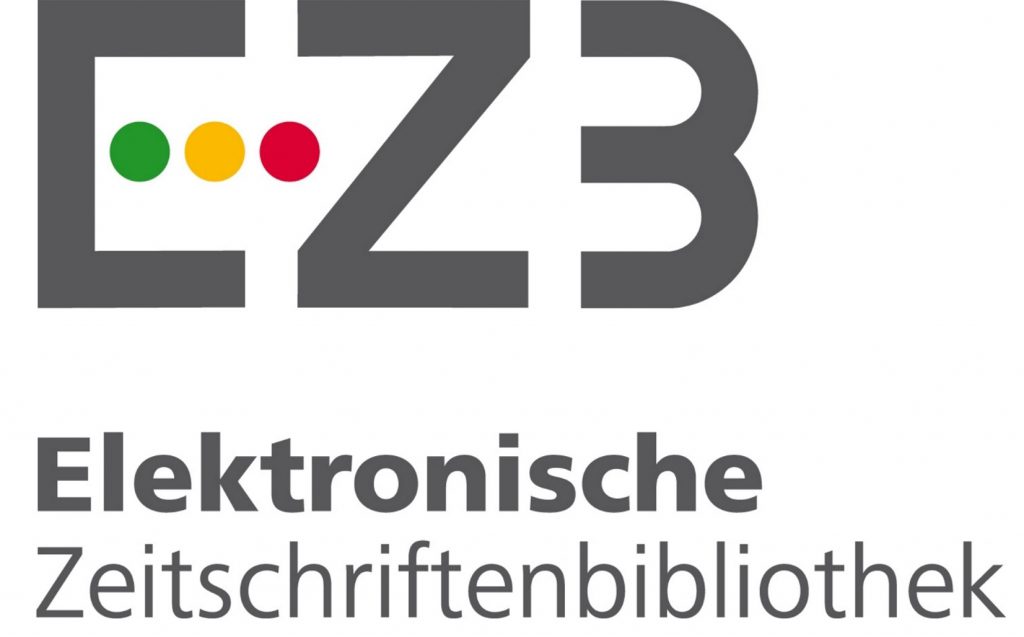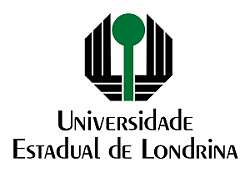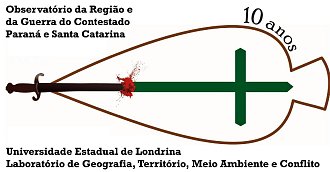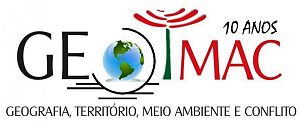O uso de sequência didática na formação inicial do professor de Geografia frente à educação inclusiva
DOI:
https://doi.org/10.5433/got.2023.v9.47326Palavras-chave:
Professor de Geografia, Formação Inicial, Preparação Docente, Educação Inclusiva, Sequência DidáticaResumo
Muitos obstáculos têm-se mostrado presentes na construção do ideal de inclusão de alunos com Necessidades Educacionais Especiais (NEE), notadamente no ensino de Geografia. Essa situação tem provocado muitos debates, envolvendo, não apenas as instituições escolares, mas também muitos setores da própria sociedade. Diante das dificuldades apresentadas, esse estudo foi desenvolvido visando a uma reflexão intermitente acerca do processo de inclusão de alunos com NEE no ensino de Geografia, objetivando, especialmente, definir a importância da Sequência Didática como sendo um mecanismo de avaliação preliminar na preparação inicial do professor de Geografia especialmente direcionada à Educação Inclusiva. Tendo como referência as informações adquiridas com a análise dos resultados alcançados, possibilitou-se observar que com a adoção das práticas realizadas em grupo, com a participação efetiva do professor no processo de mediação pedagógica durante as fases de construção dos instrumentos de apreciação, destacou-se a preparação na formação inicial do professor de Geografia prioritariamente dirigida à Educação Inclusiva.
Downloads
Referências
ARANHA, M. S. F. Projeto Escola Viva: o acesso e permanência de todos os alunos na escola: necessidades educacionais especiais dos alunos. Brasília: Ministério da Educação, Secretaria de Educação Especial, 5 v., 2005.
BARDIN, L. L'analyse de contenu. 8ª édition corrigée. Paris: Presses Universitaires de France, 1977. 291 p.
BRASIL. MEC/SEESP. Política Nacional de Educação Especial na Perspectiva da Educação Inclusiva. Brasília, DF, 2008.
CALLAI, H. C. A Geografia e a escola: muda a geografia? Muda o ensino? In: Revista Terra Livre, n. 16. (p. 133-152). São Paulo, 2001. DOI: https://doi.org/10.62516/terra_livre.2001.353
CASTELLAR, S. M. V. Educação geográfica: a psicogenética e o conhecimento escolar. Cadernos CEDES. vol.25, pp. 209-225. n.66, 2005. DOI: https://doi.org/10.1590/S0101-32622005000200005
CHEVALLARD, Y; JOSHUA, M. A. Um Exemplo de Análise da Transposição Didática: a noção de distância. v. 3. 1. Grenobel: Le Pensée Sauvage, 1982.
DOLZ, J.; SCHNEUWLY, B.; NOVERRAZ, M. Gêneros e progressão em expressão oral e escrita - seqüências didáticas para o oral e a escrita: apresentação de um procedimento. In: ROJO, R.; IBGE - Instituto Brasileiro de Geografia e Estatística. Censo Demográfico 2010: Resultados do Universo. Disponível em <http://www.ibge.com.br/>. Acesso em: 21 jul. 2013.
LUCKESI, C. C. O papel da didática na formação do educador .In: CANDAU, V. M. (org.). A didática em questão. 30. ed. - Petrópolis, Rio de Janeiro: Vozes, 2010.
OLIVEIRA, M. M. de. Sequência Didática Interativa no processo de formação de professores. Petrópolis, RJ: Vozes, 2013.
REGINALDO, M. Conscientizar ou sensibilizar. 2011. Disponível em: http://mreginaldo.blogspot.com.br/2011/05/conscientizar-ou-sensibilizar.html Acesso em: 7 maio 2014.
TARDIF, M. Saberes docentes e formação profissional. 2. ed. Petrópolis: Vozes, 2002.
VLACH, V. Papel do ensino de geografia na compreensão de problemas do mundo atual. Scripta Nova. Revista Electrónica de Geografía y Ciencias Sociales. Barcelona: Universidad de Barcelona, 1 de agosto de 2007, vol. XI, núm. 245 (63).
ZABALA, A. A Prática Educativa: como ensinar. Porto Alegre: ArtMed, 1998.
Downloads
Publicado
Como Citar
Edição
Seção
Licença
Copyright (c) 2023 Ricardo Lopes Fonseca

Este trabalho está licenciado sob uma licença Creative Commons Attribution 4.0 International License.
Aviso de Direito Autoral Creative Commons
1. Política para Periódicos de Acesso Livre
Autores que publicam nesta revista concordam com os seguintes termos:
- Autores mantém os direitos autorais e concedem à revista o direito de primeira publicação, com o trabalho simultaneamente licenciado sob a Licença Creative Commons Attribution que permite o compartilhamento do trabalho com reconhecimento da autoria e publicação inicial nesta revista.
- Autores têm autorização para assumir contratos adicionais separadamente, para distribuição não-exclusiva da versão do trabalho publicada nesta revista (ex.: publicar em repositório institucional ou como capítulo de livro), com reconhecimento de autoria e publicação inicial nesta revista.
- Autores têm permissão e são estimulados a publicar e distribuir seu trabalho online (ex.: em repositórios institucionais ou na sua página pessoal) a qualquer ponto antes ou durante o processo editorial, já que isso pode gerar alterações produtivas, bem como aumentar o impacto e a citação do trabalho publicado (Veja O Efeito do Acesso Livre)
- Os autores cedem à Geographia Opprrtuno Tempore, direitos exclusivos de primeira publicação, com o trabalho simultaneamente licenciado sob a Licença Atribuição-NãoComercial-
CompartilhaIgual 4.0 Internacional. Esta licença permite que terceiros façam download e compartilhem os trabalhos em qualquer meio ou formato, desde que atribuam o devido crédito de autoria, mas sem que possam alterá-los de nenhuma forma ou utilizá-los para fins comerciais. Se você remixar, transformar ou desenvolver o material, não poderá distribuir o material modificado
